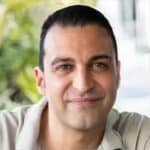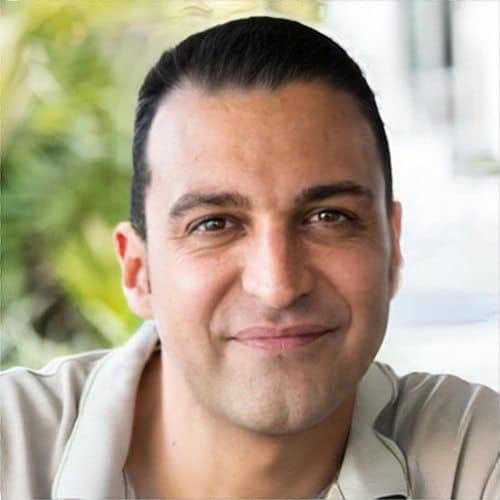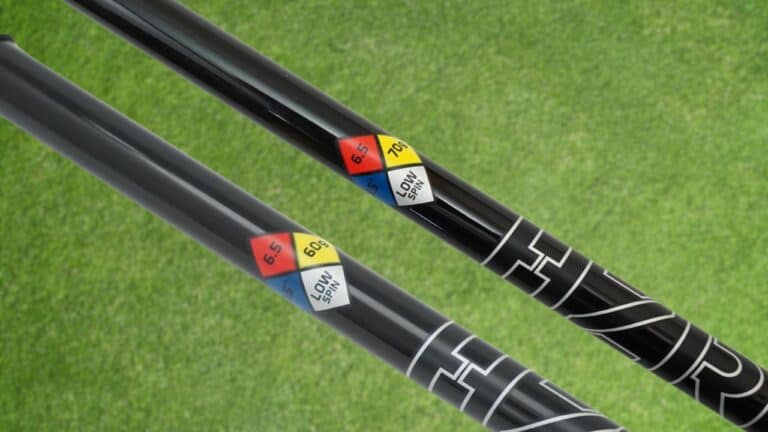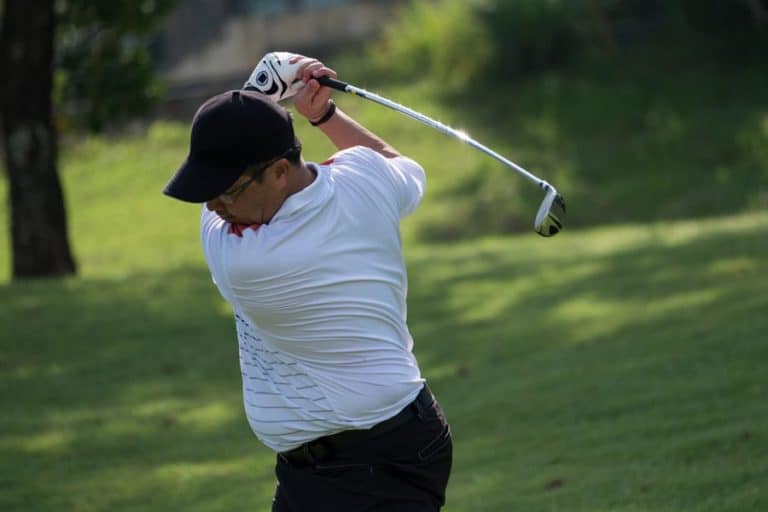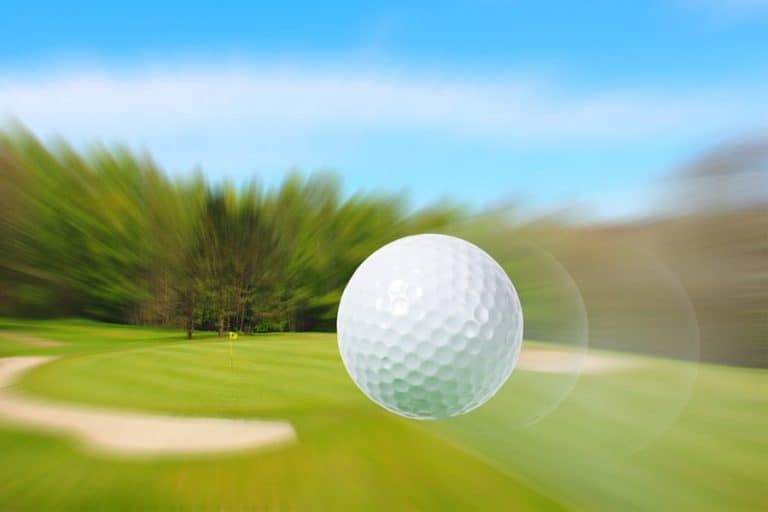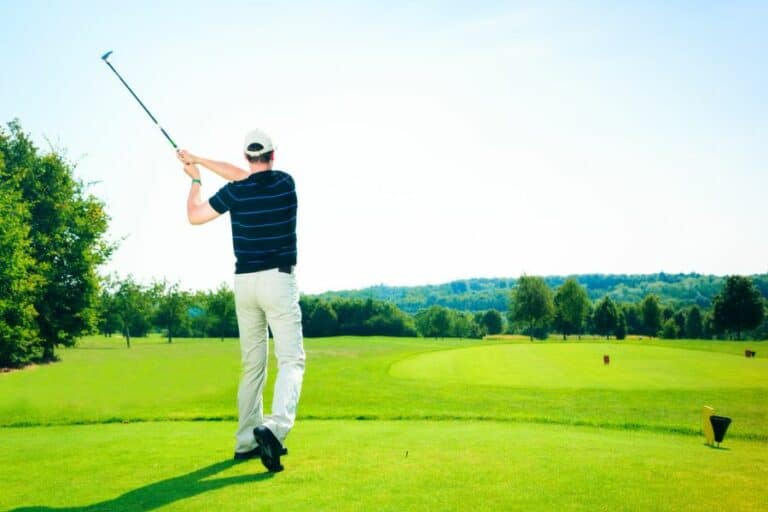7 Slowest Players On PGA Tour: Who are They?
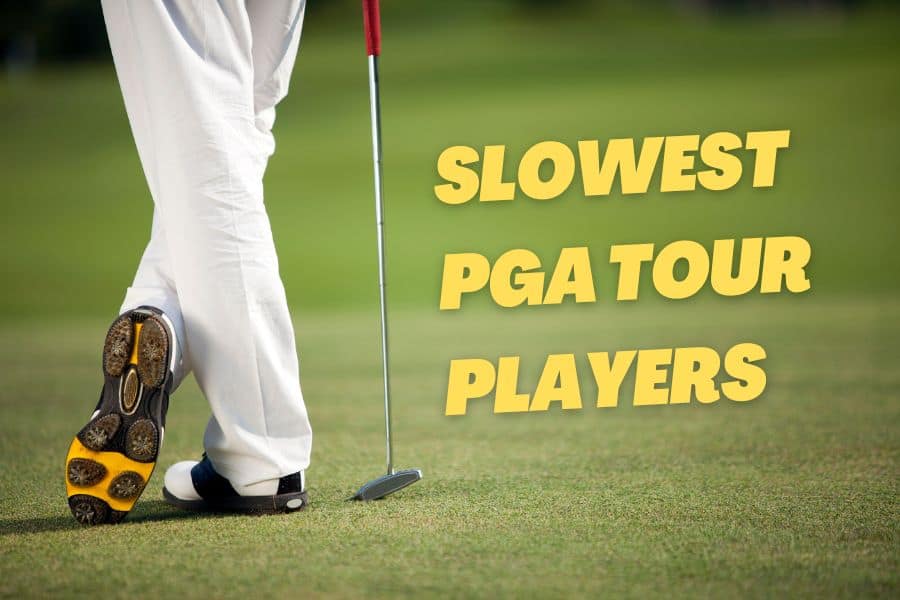
Slow play is a common issue on the PGA tour. Know about the slowest players on PGA Tour, the causes of slow play, and tips to improve your playing pace.
Slow play is a significant issue in golf that can lead to frustration for both players and spectators. Although variables such as golf course layout or weather can affect a golfer’s play, there exist some players that have earned a reputation for being the slowest on the PGA Tour.
Slow players typically fall into two categories: those who take too long to complete a hole and those who take too long to make a shot. Analyzing the slowest players on tour can provide valuable insights into this problem.
7 slowest players on PGA Tour
Tour regulations require players to keep pace with the group ahead of them and allow a maximum of 40 seconds to play a shot.
While the Tour has implemented a Slow Play Policy to address this issue, there are still some players who consistently take longer than the allotted time.
Here is a list of the 7 Slowest Players on the PGA Tour:
1. Ben Crane
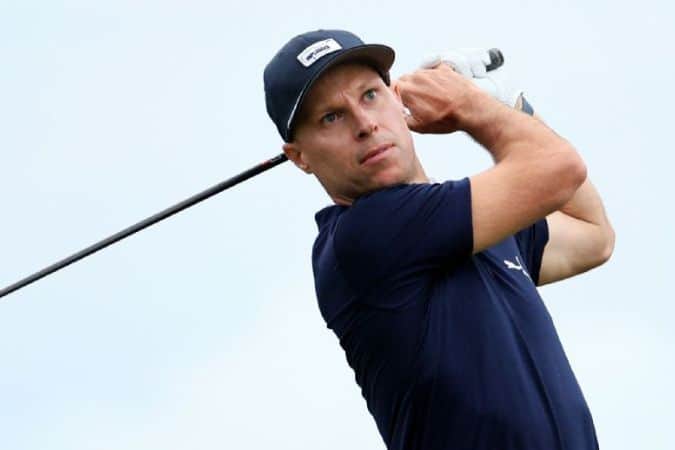
Benjamin McCully Crane is considered one of the slowest players to ever play the PGA Tour event. Crane’s slow pace of play has made it difficult to watch him on the PGA Tour.
His notorious slow play even led to an incident during the 2005 Booz Allen Classic, where his playing partner tour veteran Rory Sabbatini became so fed up with Crane’s pace that he walked to the next tee, leaving Crane to complete the hole alone.
There have been several such incidents where playing partners have abandoned Crane on the green to finish and walked to the next tee.
2. Jordan Spieth
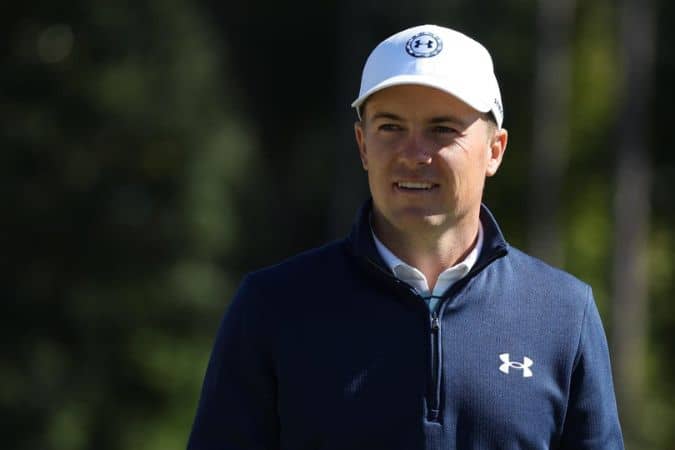
Jordan Spieth is an accomplished professional golfer who did not have issues with his pace of play early in his career. However, between 2019-2020, which saw him drop out of the world’s top 50, Spieth’s pace of play decreased significantly.
This is mainly due to his longer setup time when playing drives and long irons, which caused him problems during his fall. Despite this, Spieth excels at putting and regularly sinks long putts while rarely missing from within 10 feet. This skill helps him to make up for lost time on the course.
3. Kevin Na

Kevin Na’s performance at the 2012 Players Championship is notorious for being one of the most unattractive displays in golf history, as he repeatedly backed off and waggled before each shot.
This earned him a reputation as the slowest player on tour. Despite struggling with this issue, Na managed to remain competitive with the tournament leaders. However, his deliberate playing style, combined with his starts and restarts, made his performance a tedious watch.
4. JB Holmes
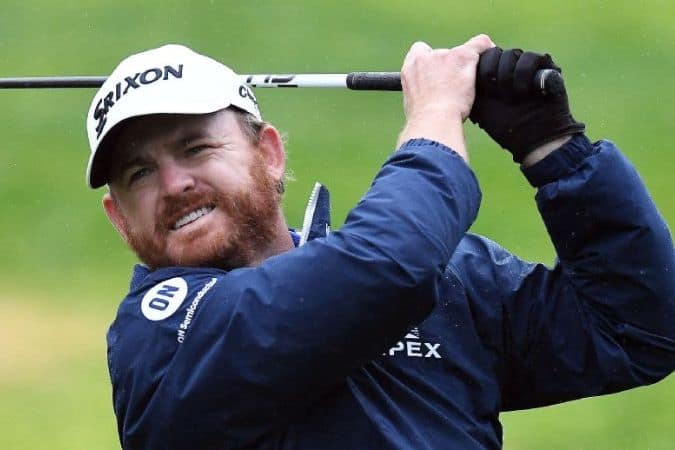
JB Holmes is a professional golfer who is slow pace PGA tour player. While he has achieved some success, his notoriety is more for his slow-playing style, which has become the subject of many jokes. He has also been dealing with a wrist injury that has further slowed down his play.
5. Patrick Cantlay
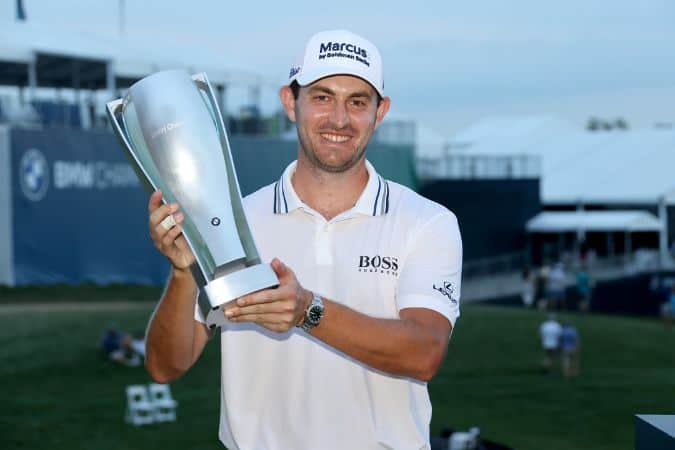
Patrick Cantlay is a skilled golfer with a precise playing style that has led to some impressive victories. However, his slow pace of play has not always been appreciated by fellow players, with some criticism about the time he takes to complete a round.
Cantlay’s slow pace is due to his need to analyze the golf hole and approach multiple times before making a shot, which can be beneficial when he hits his desired target but frustrating when he spends a lot of time only to miss his mark.
6. Bryson DeChambeau
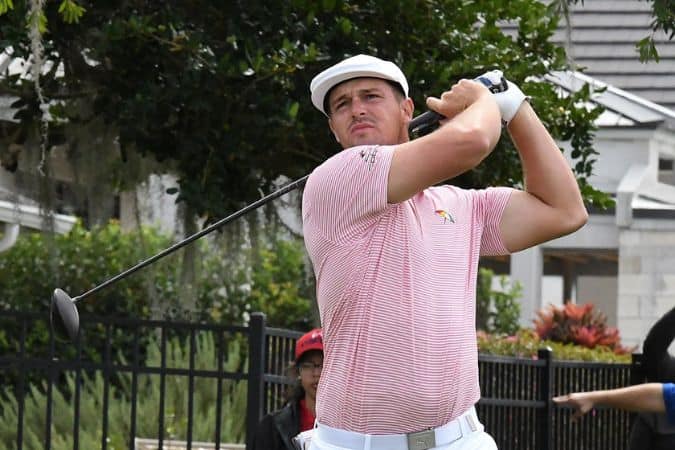
Bryson De Chambeau is known for his long pre-shot routine and use of data to determine the line and type of shots required in golf. While he is one of the longest hitters in the game, his slow pace of play is not always appreciated by his playing partners.
Additionally, his off-line shots can take longer to find, further slowing down play. In an update, as of summer 2022, DeChambeau is contracted to the LIV Tour, which may speed up his play with its “shotgun starts.”
7. Tiger Woods

Tiger Woods’ inclusion in the list of slow golfers on the PGA Tour is due to his current recovery from leg surgery after a car accident in 2021.
He is typically a fast player, but his current recovery process has forced him to slow down. It is expected that he will return to his usual pace once he has fully healed.
Does the PGA have slow-play rules?
The PGA Tour has rules that aim to prevent slow play when playing golf, requiring players to complete their shots within 40 seconds when there are no interferences or distractions.
Additionally, the pace-of-play policy sets the maximum time allowed for a player or group to complete a hole or round. If a group falls behind the allotted time, they can be warned, placed on the clock, and potentially face a penalty for slow play.
The policy also includes guidelines for players to move quickly between shots and be ready to play when it is their turn. However, despite these efforts, the slow play remains a problem in professional golf.
How long does a round of golf take for PGA tour players?
A typical round of golf for a PGA tour player takes approximately 4-5 hours to complete. However, the actual time can vary depending on the size of the field, weather conditions, course layout, and other factors.
During golf tournaments, players may also have to deal with delays due to rule controversies or slow play penalties.
Why do professional golfers take so long to hit a golf ball?
Professional golfers often take a considerable amount of time to hit a golf ball, and there are several reasons why.
- High stakes: Professional golfers mostly play golf tournaments to win championships and prize money. As a result, they take more time to ensure they are making the best shot possible.
- Course conditions: PGA Tour courses are often designed to be more challenging than typical courses, which can require more time to plan and execute shots.
- Distractions: Golfers on the PGA Tour are often followed by large crowds and media attention, which can be distracting and require more time to focus on each shot.
- Pre-shot routine: Many professional golfers have specific pre-shot routines that they follow before each shot. These routines can involve checking their stance, grip, and swing, which can take more time to complete.
- Consideration for playing partners: On the PGA Tour, golfers often play in groups of two or three. To ensure that they are not rushing their shots and causing delays for their playing partners, they may take more time to plan and execute each shot.
- Rules and penalties: Golf has many rules and penalties, and professional golfers take time to ensure that they are playing within the rules and avoiding any penalties.
Can the pace of play impact your golf game?
The pace of play can affect how well you play golf. Slow groups ahead of you can be distracting and make it hard to focus on your game. To address this issue, the PGA Tour has implemented restrictions that require players to keep moving.
The approach to the mental game and tournament preparation has also evolved over the years, with more emphasis on statistics than feel.
However, analyzing numbers and angles can take a lot of time, causing golfers to struggle to finish the hole within the allotted time.
How can a player’s mental state slow down their golf game?
Confidence plays an important role in maintaining a good pace of play in PGA tours. High-stakes events and tournaments can increase players’ stress levels, causing them to overthink their club choices and shot types, which can lead to slow play.
On the other hand, confident players have most of the course data at their disposal, allowing them to maintain a good pace.
Tips to speed up the pace of play
Here are some tips to help you speed up the pace of play:
1. Use a distance measuring device
According to Golf.com, professional golfers are permitted to use laser rangefinders in PGA championships. Therefore, you can use these devices to quickly and accurately measure distances to the hole or your next shot. Doing so can help you make faster decisions and avoid wasting time.
2. Limit practice swings
While practicing swings can be helpful, taking too many chances can slow down the pace of play. Try to limit your practice swings to one or two per shot.
3. Play ready golf
Playing ready golf means being ready to hit your shot when it’s your turn, even if you’re not the farthest from the hole. This can help keep the pace of play moving.
4. Keep a close eye on your ball
One of the biggest time-wasters on the golf course is searching for lost balls. By keeping a close eye on your ball, you can avoid losing it and keep the game moving.
5. Stay focused
Staying focused can help you make decisions more quickly and avoid making mistakes that can slow down the game. Try to stay in the moment and avoid getting distracted by other players.
6. Walk quickly between shots
Walking quickly between shots can help you save time and keep the game moving. Try to move efficiently and avoid lingering on the course.
7. Be efficient on the green
When you’re on the green, try to read your putt quickly and take your shot without delay. Avoid spending too much time lining up your shot or discussing it with other players.
Conclusion
Slow play is a common issue in professional golf, but there are several ways to accelerate the pace of the game. By implementing techniques to play faster, players can enhance the pace of play without negatively impacting their performance. Both professional and amateur golfers should adhere to the appropriate time limits for rounds of golf.

